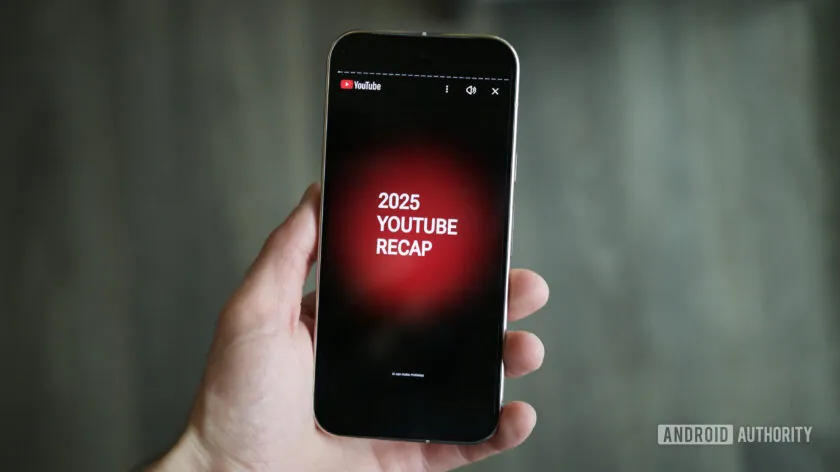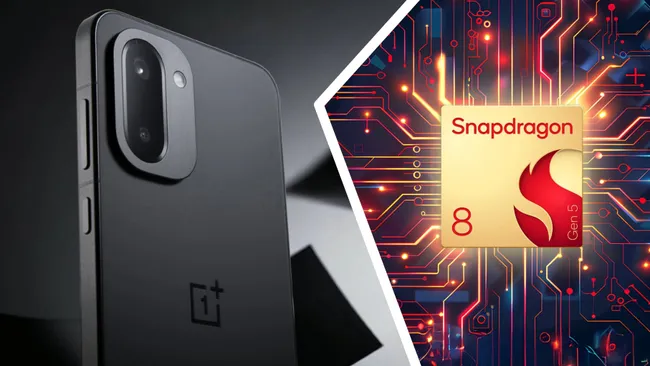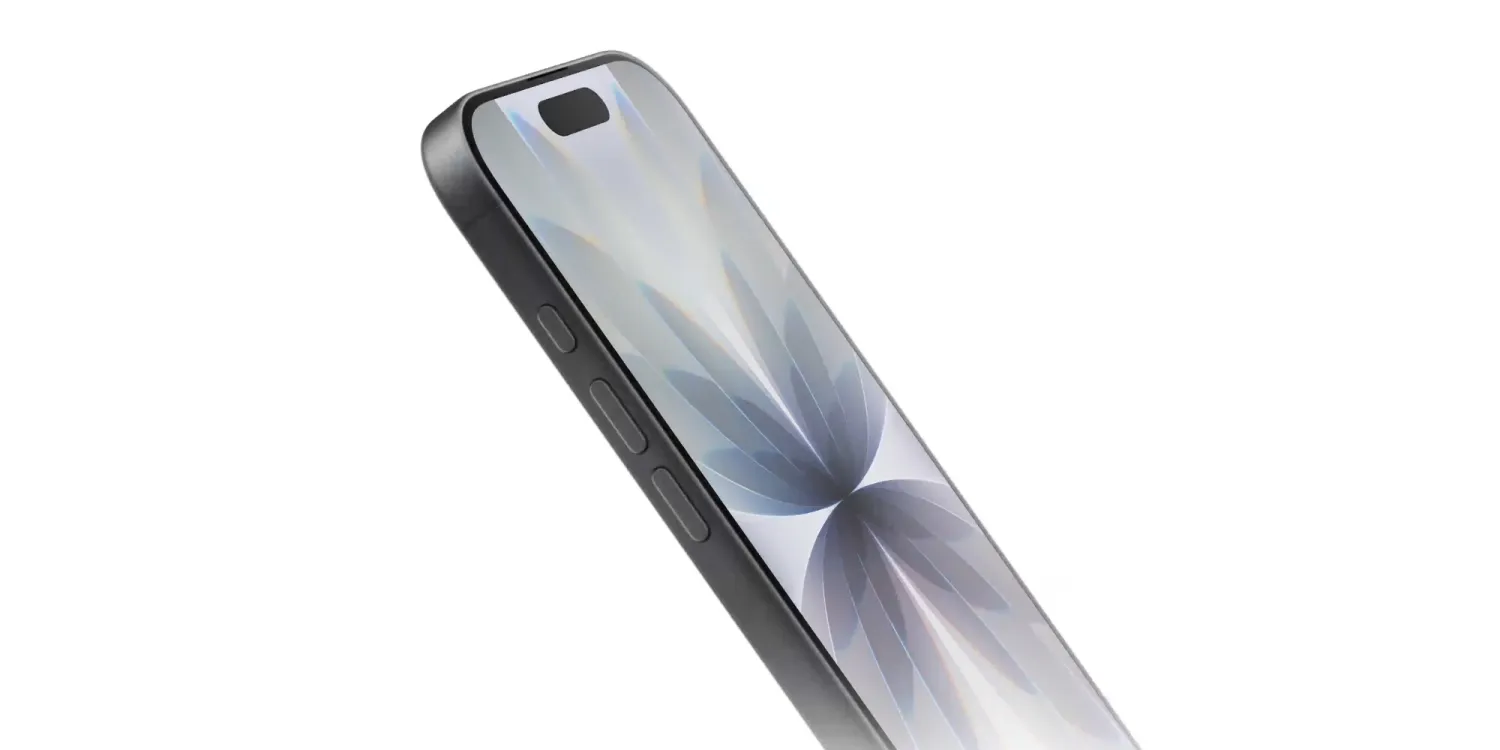Even after the splashy launch of the iPhone 17 lineup and other new gear, Apple is preparing for a busy final quarter of 2025 and early 2026. Insiders and analysts say there are around eight to ten more devices coming, spanning the Mac, iPad, smart home hardware, accessories, and even some unexpected categories. This wave of launches reflects Apple’s push to keep up momentum across its ecosystem—and to move more aggressively into spaces like AI, home automation, and high-performance computing.
What’s Expected This Fall
Some of the devices likely to arrive before the end of 2025 include:
- M5-chip Macs: An upgraded MacBook Pro, possibly with Pro and Max variants, is expected. These will carry Apple’s next-generation silicon, with better neural processing, graphics, and battery efficiency.
- iPad Pro Refresh: The iPad Pro is said to get the M5 chip, clearer cameras, possibly more RAM and other incremental updates.
- Home/Entertainment Upgrades: Refreshed versions of the Apple TV 4K, a new HomePod mini, and updated command-center style devices for home automation are in the works.
- Trackers and Accessories: A second-generation AirTag is expected, likely with improvements in range, precision, or wireless connectivity.
- New Displays: A new monitor or display—potentially an update to the Studio Display—is rumored, with better resolution or improved front-camera features.
What’s Slated for Early 2026 and Beyond
Looking ahead, some interesting products are tipped for release in early next year:
- A budget MacBook using lower-end chips (possibly A-series rather than full M5 silicon) to capture entry-level buyers.
- A Smart Home Hub device that may combine a display, voice controls, and advanced integration with Apple’s software and AI strategy.
- Updated versions of the Vision Pro headset, perhaps with upgraded internals, better comfort, or other feature improvements.
Why This Product Wave Matters
- Apple’s strategy appears focused on both sustaining hardware sales and expanding its ecosystem—making smart home, accessories, and services more central.
- Moving aggressively in the smart home space is especially significant. While Apple has long offered frameworks like HomeKit, it has lagged behind rivals in delivering dedicated hardware that ties everything together. A strong HomeHub or connected display could shift that balance.
- Refreshes of Macs and iPads with newer chips, better AI and neural features, indicate Apple is pushing forward its capabilities in generative AI, machine learning, and performance-heavy tasks.
- For consumers, it means a lot of upcoming choices—but also potential waiting periods, supply chain constraints, and perhaps higher prices for the most advanced models.
Risks, Challenges & What to Watch
- Regulatory hurdles in different regions (for example with wireless technology, use of eSIMs, or privacy rules) could delay some launches.
- Manufacturing/supply chain disruptions may affect shipping and stocking, especially for larger devices or items dependent on advanced components (chips, displays, advanced cameras).
- Consumer fatigue could be a factor: with so many devices launched in short succession, upgrades might feel incremental rather than transformative, affecting demand.
- Pricing pressure: If Apple pushes too high, or fails to offer clear value improvements on “Pro” or “Max” versions, competitors could find opportunities.
Bottom Line
Apple seems determined not to rest on its laurels. With a full slate of new Macs, tablets, home devices, displays, and accessories expected, the rest of 2025 and early 2026 look to be packed. For tech fans, it means exciting launches; for the company, it will test its ability to execute on many fronts at once.














Leave a Reply